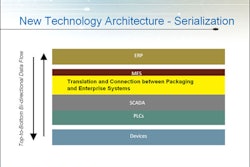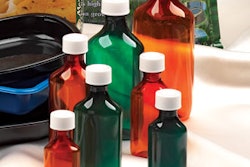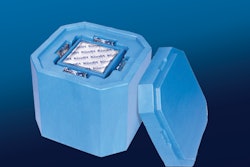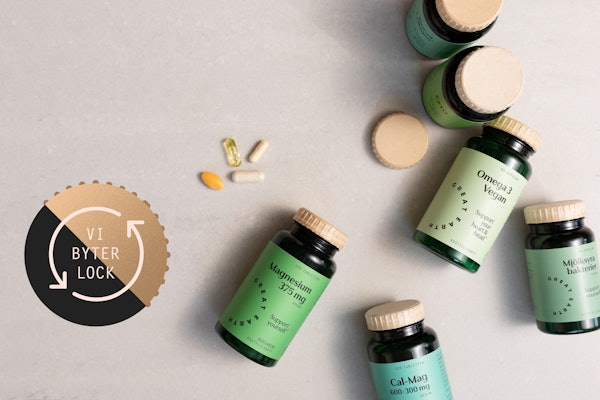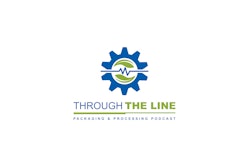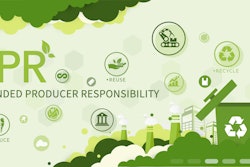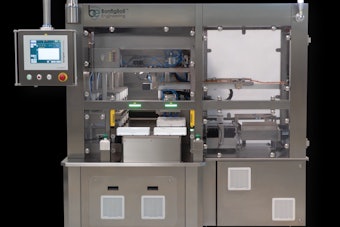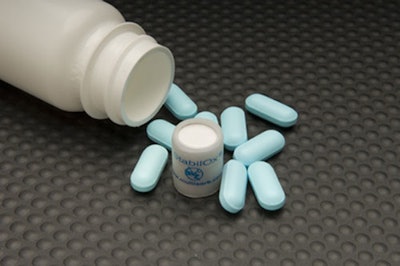
For pharmaceutical companies, time is money: Those who get to market first with a new product will often capture the largest customer share and maximize profits.
Innovators of new drugs commit considerable resources to developing and seeking approval for breakthrough products. The sooner they can market a new product, the sooner they can begin to see returns on their investment. Time is of the essence for manufacturers of generic drugs, too, since they often have a suite of drug applications pending and vie with competitors to be the first to commercialize their products for the 180-day period of marketing exclusivity. For these reasons, technologies and services that streamline drug development can provide important competitive advantages to drug manufacturers.
Sophisticated packaging simulation modeling can help formulation chemists and packaging engineers identify the right conditions in which to ensure the stability and potency of drugs. This mechanism, referred to as 'pseudo-empirical' modeling, can be performed early in the development process, guiding production decisions and helping to avoid costly errors that could prove to be roadblocks to production.
Pseudo-empirical modeling is a technique that uses empirically derived data (measurements) from the packaging materials, including moisture vapor transmission rate (MVTR) through the bottle, surface area of the bottle, sorbent adsorption isotherms, and drug product adsorption/desorption isotherms. Linking these variables together mathematically will pseudo-empirically predict the relative humidity of a pharmaceutical package's headspace and drug product hydration level over time. This resulting information will ultimately determine the means by which manufacturers can maintain a drug's chemical and physical characteristics over time.
Customized moisture management
The presence of moisture in a package can increase free moisture, increase the molecular mobility within drug product formulations, often resulting in increased physical or chemical degradation. Desiccants are used to reduce free moisture within the drug product and thereby reduce molecular mobility while reducing the potential for further hydration from moisture ingress. Today's desiccants are often described as "active" packaging components because they actively process moisture out of drugs and the package headspace, and then work to establish relative humidity and establish a specific equilibrium in the package.
To ensure the stability of drug products over their shelf life, manufacturers have to identify the appropriate type, amount, and format of desiccant for each particular drug formulation and package presentation. Choosing the right moisture management strategy can be accomplished through pseudo-empirical modeling, which uses known factors (i.e., the properties of a drug and the type of packaging) to predict how a given drug will react over time. In particular, modeling enables technical engineers to 1) define the adsorption properties of a particular drug product formulation and then 2) simulate the effect of that drug in combination with the selected packaging, along with various amounts and formats of desiccant.
This sophisticated modeling process results in actionable information and concrete recommendations, enabling packaging engineers to choose among the many different types of desiccants available to maintain pharmaceutical integrity. The approach takes into account all stages of drug processing, from formulation to packaging to distribution and storage. In addition to saving development time, it can produce costs savings by enabling manufacturers to purchase the right type and precise amount of desiccant needed.
Multiple applications
Pseudo-empirical modeling can be used for a range of drug formulations, including oral solid doses, oral suspensions, powdered drugs, parenteral solutions, as well as active and passive transdermal technologies. Appropriate moisture management can extend the shelf life of existing drugs and make possible innovative delivery methods or drug formulations.
For example, an analysis of a solid drug packaged in a polyethylene bottle and sealed with a foil seal would be based on three independent factors: the rate of moisture transmission through the bottle wall, taking into account the thickness of the wall and its transmission potential; the adsorption properties of the oral drug; and the adsorption properties of the desiccant.
Other types of drug products would require different modeling approaches. Consider a respiratory drug delivery device used with powdered drugs. By regulating the moisture levels inside such devices, sorbents facilitate the smooth flow of drug particles and ensure that the device works effectively and accurately each time it is used. Sorbents are needed to preserve the potency and stability of powdered drug formulations, and to maintain airflow dispersion to ensure accurate dosing. Modeling the precise amount and type of sorbent needed for such a system can inform the design and production processes, streamline the development of these devices, and thus reduce time to market
Many of today's innovative drug formulations are also unstable in that they are sensitive to both moisture and oxygen. In some cases, customized sorbent and packaging solutions developed through pseudo-empirical modeling can make drug formulations viable that may once have been deemed too difficult to market.
Saving time and money
While pseudo-empirical modeling is not a substitute for empirical study, it does allow formulation chemists and packaging engineers to coordinate their efforts to eliminate desiccant ranging studies. It quickly determines the effect that differing packaging formats and materials will have on the moisture management of the drug product and package headspace. Thus, pseudo-empirical modeling eliminates costly and time-consuming empirically based desiccant ranging and package presentation studies, saving as much as six months of development time.
Pseudo-empirical modeling provides detailed solutions, up front, to inform drug development and packaging decisions for a range of drug formulations and packaging presentations. For makers of both generic and pioneer drugs, pseudo-empirical modeling can greatly streamline development time--speeding regulatory filings and approvals, product launches, and, ultimately, revenue streams.
-By Adrian Possumato
-----------------------------------------
Adrian Possumato is the global director, healthcare packaging, with Multisorb Technologies, Inc.. He works closely with drug innovators and generic pharmaceutical manufacturers in their R&D, quality, regulatory, engineering, and manufacturing departments to determine the best selection of packaged sorbents to stabilize pharmaceutical formulations. He has more than 15 years of experience in the pharmaceutical and chemical industries and can be reached at [email protected], tel. 908-849-3005, fax 908-849-3006.



